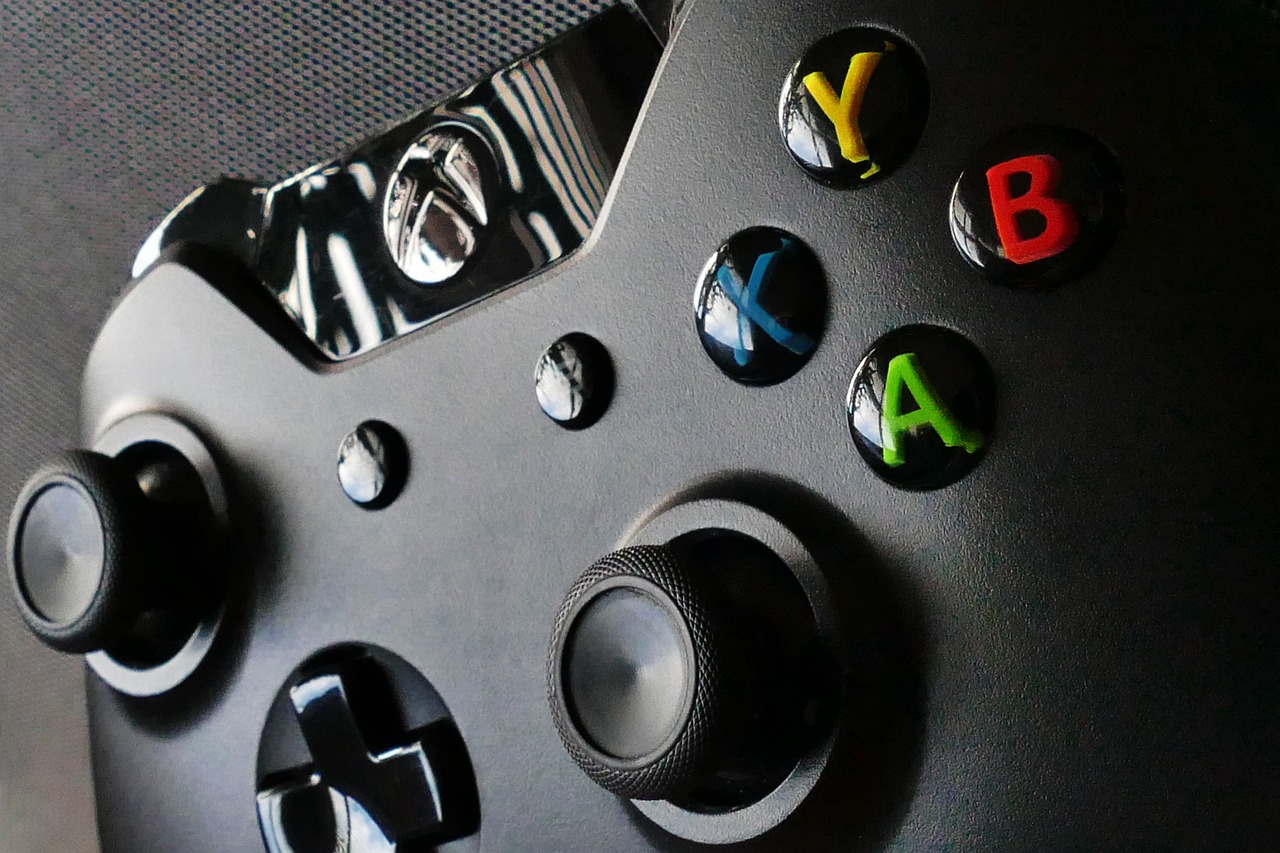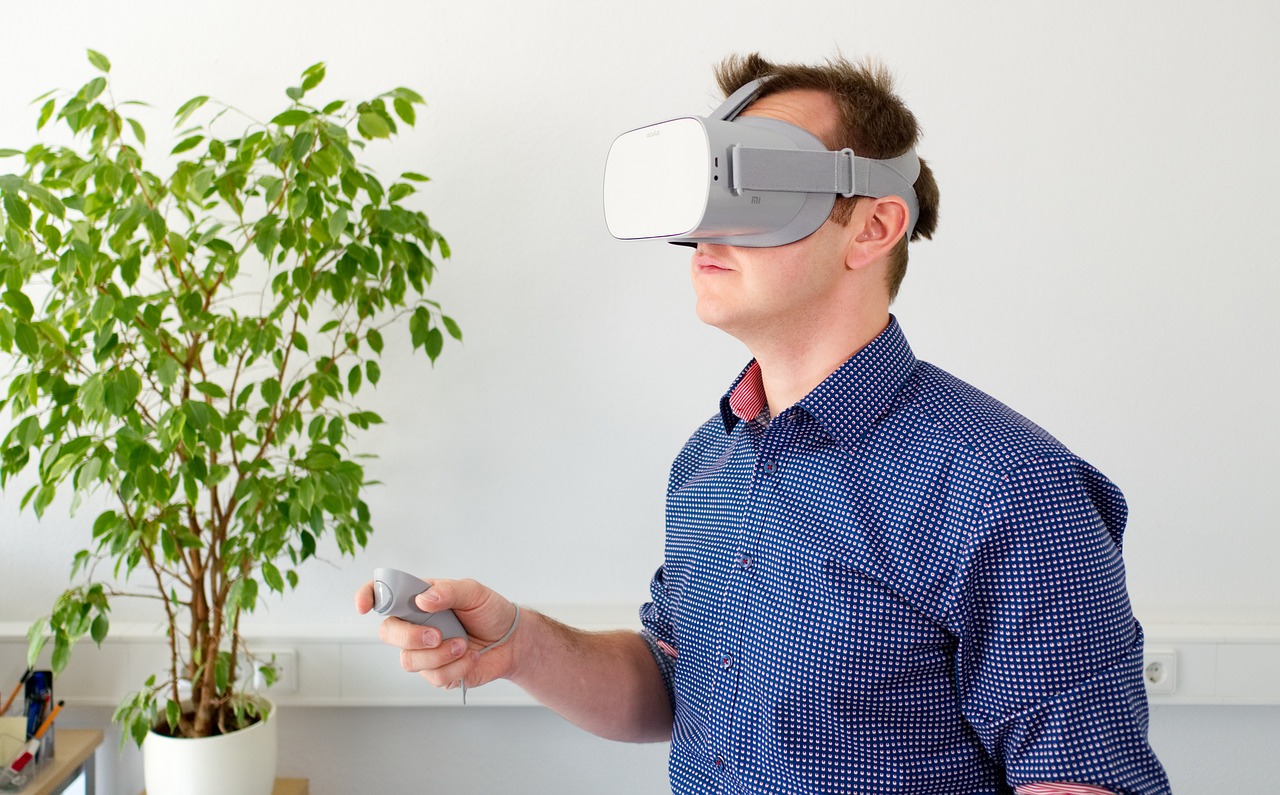POPULAR VIDEOS
More
MOVIE TRAILERS
GAMEPLAY
[td_block_social_counter custom_title=”STAY CONNECTED” header_color=”” header_text_color=”” facebook=”tagdiv” twitter=”tagdivofficial” youtube=”tagdiv” vimeo=”” googleplus=”” instagram=”” soundcloud=”” rss=”” open_in_new_window=”y”]
DON'T MISS
More
LATEST ARTICLES
How the Nintendo Wii Captured an Untapped Market: Old People
When the Nintendo Wii launched in 2006, no one expected it to become a gaming sensation. While Microsoft and Sony were battling for dominance...
I Finally Bought a PSVR2: This Is What I Found
Sony's PSVR2 had about the worst launch a gaming accessory could. It was overly expensive, had few games, and the popularity of VR was...
What the Heck Happened to Xbox Games?
I have been an Xbox fan since the original console came out in the early 2000s. While I have typically bought both Xbox and...
Are You Playing Video Games Too Efficiently?
I was recently watching a video by YouTuber Shirt, and in it, he made an excellent point of playing video games too efficiently. At...
What Happened to Black Friday?
With Black Friday deals behind us and Christmas fast approaching it's a good time to reflect back on this year's biggest deals. I was...
Xbox 720: A Nostalgic Look Back at Gaming’s Greatest Rumor
The early 2010s were a wild time for gamers. With the Xbox 360 dominating living rooms and the PlayStation 3 nipping at its heels,...
The Last of Us Xbox: Everything You Need to Know
The Last of Us is one of the best story-driven video games ever created. Over a decade after its release, it is still just...
Why 3D Failed: A Warning for Future Tech
In the early 2000s, 3D technology was hailed as the next big thing in television. It promised immersive and lifelike viewing experiences and 3D...
Why Cable TV Sucks
For decades, cable television was the go-to source for entertainment and news for millions of households. With its wide range of channels and programming...
10 Reasons the Apple Vision Pro Will Fail
Over the years, Apple has managed to revolutionize a number of otherwise boring devices into something truly extraordinary. The most recent example is the...





























